On October 26, the Lock 52 Historical Society held a tour of selected graves in the Mt. Pleasant Cemetery. We had a very nice and interested crowd and we thank everyone who showned up. We look forward to doing more of these.
We visited the grave of John Spaulding who we learned was the local canal section superintendent and canal builder. In the 1870’s John worked on the Montezuma Aqueduct, which being the second longest aqueduct in the state, certainly needed a lot of maintenance. John was well traveled as he also worked on canals in Canada. 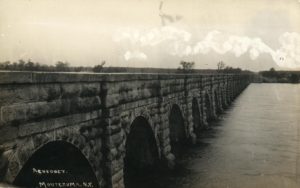
We visited with George Cortright and Fred Zeluff, who ran a drug store, and then hotel and saloon in the village. We found out that Fred had converted his saloon into a hotel in 1897, about the same time that Peter VanDetto had built his hotel and saloon over by Lock 52. It wasn’t that the hotel business was great, it was that the Temperance Laws were easier to get around if you called yourself a hotel instead of a saloon. We also learned that both men had been arrested for selling booze on a Sunday. [I wrote about the Temperance laws way back on February 7, 2016, if you care to know why hotels were better then saloons.] We visited with John Barrus, who was the head of the local prohibition party and a prominent leader in the State Prohibition Party. Certainly he would have frowned upon the tactics used by Peter and Fred to get around the Temperance Laws. We visited with Clara Barrus, John’s demure Methodist daughter (her words), who went on to become a doctor, certainly an unusual profession for a woman in the late 1880’s.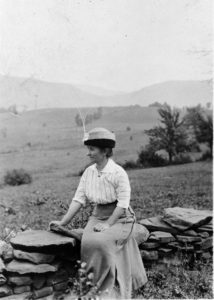
She then went on to become a author, and the caretaker and biographer for the naturalist John Burroughs. John Barrus and his daughters visited the 1893 World’s Columbian Exposition, otherwise known as the Chicago World’s Fair. We also noted that while at the World’s Fair, the Barrus family could have stopped by to look at the Erie Canal exhibit, and a rather large model showing off the newly lengthened locks along the canal. That model now is the center piece of the Port Byron Erie Canal Park. We visited with the Dougherty / Davis / Macy family whose lives were full of adventure. The Dougherty story is one of many immigrants who came to America to find a better life. In 1941, Thomas Dougherty told his family story to his daughter Olive, and this history allowed us to take a look into the lives of the family members. It is a fantastic story that might become a column someday as it involves the Erie Canal, buckets of crabs, Brigham Young, mincemeat, and travel. We paid a quick visit to the Kerns, who would also own a store on the Erie Canal. We visited with the Harnden’s, a family who were early settlers in the area. In 1887, Jonathon Harnden repaired the clock in the Presbyterian Church after a fire had partially damaged the steeple and 1855 “town clock.” He noted that the steeple wasn’t as sound as the original, perhaps with a thought toward a big wind storm that would rush through the village many decades later in 1998.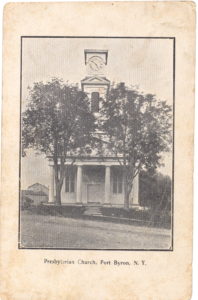
In the late 1950’s, Jonathan’s son, Sam Harnden would take a large stone for the old canal lock and use it as a family monument. We stopped by to say hello to Andrew Shetler, who along with Oliver Tanner purchased a drydock from Richard King, and for years ran and expanded the business. However in a twist of history, the Shetler name is rarely mentioned when people speak about “Tanner’s Drydock”, likely since by the time people got around to taking photographs of the business, Mr. Shetler had sold out and become a farmer. So we gave Andrew his proper due.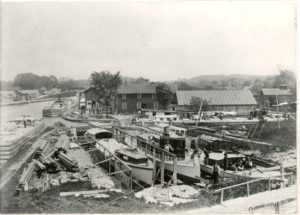
All these stories about lives lived took place along one short row of monuments. I don’t know if every row of graves will hold such a variety of life stories, but there certainly are many more to be discovered. If you have a story about an ancestor in one of Port Byron’s cemeteries, we ask you to drop us a note. We would love to hear it.
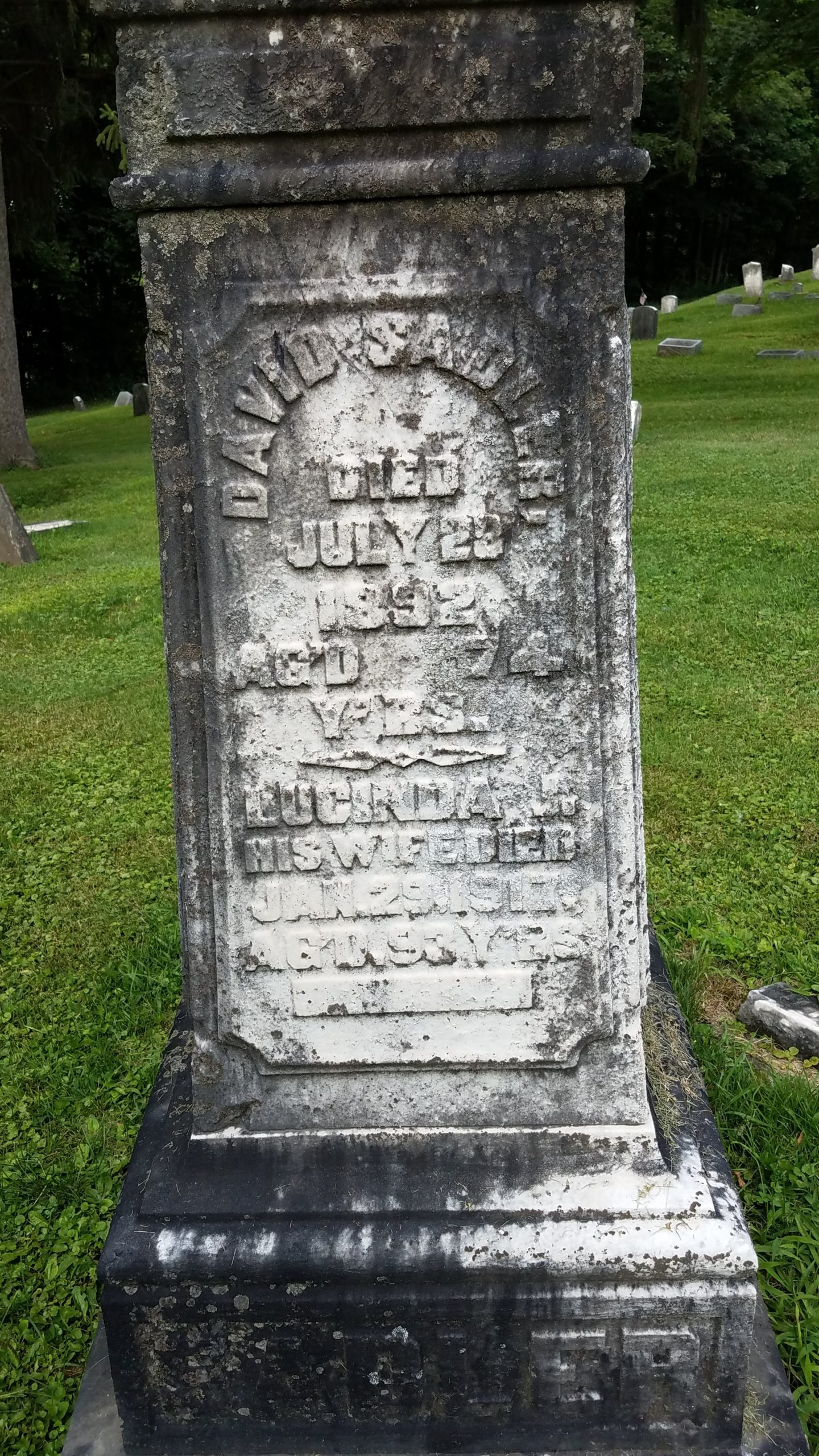
One thought on “A Wrapup from our Cemetery Tour”
Dewey’s grandmother, Lina Gutchess Joy might make an interesting story. Divorce was uncommon in the early 1900’s.
Comments are closed.